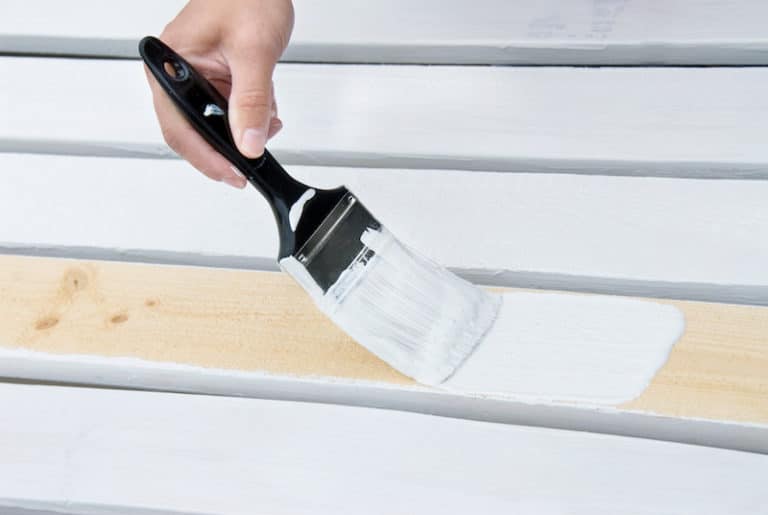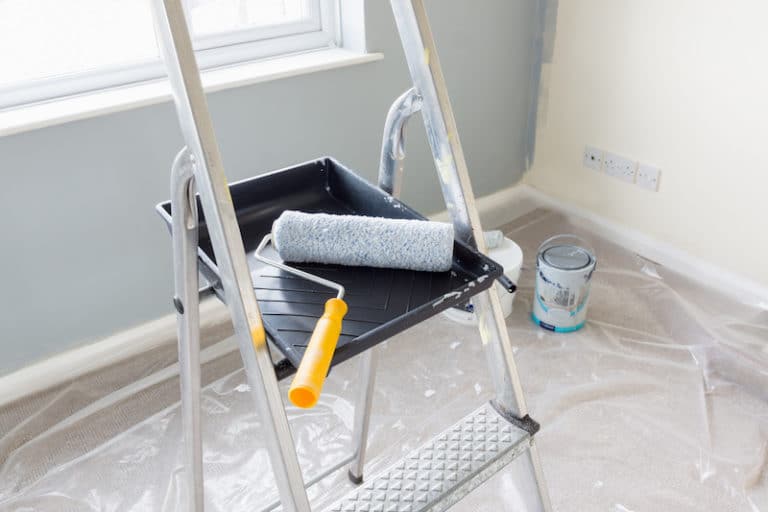Call anytime
- Newline Painting
- Primer Guide
Paint Primer Guide
Everything you need to know about paint primers!
What is a paint primer?
Paint primer, otherwise also known as an undercoat, are painted onto the surface before the colour paint is added. There are three main reasons for using a primer on a surface. It provides strong adhesion that acts as a glue between the surface material and the paint. It is an extra layer between material and the paint. This allows the finishing paint better durability and protection on the material. It also blocks any smell or stain from the material from surfacing.
How is primer different from paint?
Without delving deep into the nitty-gritty stuff, the difference between primers and paints lies in the chemicals inside them. Primers contain resins that allow them to provide a chemical bond between the surface material and the paint. Paints contain pigments that provide them colour along with the durability to perform better under certain conditions and weather.

What types of primer are there?
Essentially there are three types of primers that you need to know. They are oil-based, shellac primer and latex-based. These types of primers can be found from your local hardware stores such as Bunnings, Mitre 10 and Bowens. Before you start randomly purchasing the first primer that you see, here are some things you need to know before selecting the right one for you.
• Oil-based Primer
Oil-based primers are very versatile because they work well with both latex and oil paints and can be applied to a large number of different surfaces. The most common of all is wood and timber (interior, exterior, bare, finished, painted and unpainted). This is because oil-based primers are able to seal the porous surface of the wood and provide the paint with a better surface to paint over.
Other materials that oil-based primer works well with are metals such as steel. They are good at preventing stains from appearing through the new paint on the material. It should also be mentioned that oil-based primers can prevent or slow down paint peeling blistering and cracking.
However, the biggest downfalls of oil-based primers are that they take a long time to dry as well as releasing a lot of harmful chemicals in the form of volatile organic compounds (VOCs) when exposed to for a long time.
• Shellac Primer
Shellac primer, on the other hand, is not as versatile as an oil-based primer. They work well to seal in odours and smell from stained surfaces because they are made of denatured alcohol. Surfaces such as smoke damaged walls or severe water that requires the smell or stain to be sealed can be effectively done so by using a shellac primer. They also work on materials such as wood, plaster, plastic and metal.
Shellac primer is much quicker to dry than oil-based primers because they don’t penetrate the wood surface deeply. They are also the only primers that can be applied in freezing temperatures. Due to their ability to soften under high temperature, they can only be applied to certain areas on the surface in small patches, also known as “spot-priming”.
• Latex-based Primer
Latex-based primers are water-based and are popular with priming unfinished drywall because it does a good job at smoothing out the surface for painting. They are flexible and quick to dry. Because they are quick to They also expand and contract along with the wood at various temperatures. Latex-based primers also perform well with soft-wood, galvanized metal and concrete.
Unlike oil-based primer and shellac primer, latex-based primers don’t prevent the appearance and sealing of stained surfaces as effectively as the other two. Furthermore, they also come as low-VOCs primers which makes them more healthier and safer to deal with.
Do I need primer?
While priming may seem unnecessary and a waste of money and time where you are basically doubling your workload for little to no benefits. However, priming is essential to preparation, and preparation is key to painting. So, when do you know if you need to prime your surface?
You need to apply a primer when:
Painting over a darker colour
– You may find it difficult when deciding to change your wall colours from a dark tone to a lighter colour. Using a primer will absolutely be necessary to help you make the transition.
Painting latex-based paint over an oil-based one
– Using a primer will help you gain a better adhesion between the two different paint based chemicals.
Painting over metal or plastic
– Painting over metal or plastic surfaces can be frustrating. A primer will allow you to protect against rust as well as providing a strong foundation for the paint.
Painting a new wall
– All new wall surfaces, especially drywall and bare wood, will require priming before painting. Wood is a very porous material and will absorb the new coats of paint if a primer is not applied to prevent it.
The walls are unattractive
– Stains and damaged walls can be sealed in both appearance and smell by primers. More effectively by some than others as previously discussed.
You don’t need to apply a primer when:
The walls are in good shape
– If your existing walls are in good condition without any significant stains or damages, then you a primer may not be absolutely necessary.
The new paint matches the existing one
– A primer can be skipped if the new paint colour matches the old one.
Using self-priming paint
– New paint these days are often mixed with primer so there is no need for you to purchase a primer separately.

How much paint primer do I need?
Estimating the amount of paint needed for a job that you don’t often carry out can be tricky. It can be frustrating to find out that you didn’t have enough paint, or you simply have too much. As a rule of thumb, a 4-litre bucket of primer will be sufficient to cover an area of 46 square metres, enough to paint a bathroom. It is recommended that you ask for professional advice to help you better estimate the amount of primer and paint that you will need as you will need to consider an extra coat or paint.
How many coats of primer should you do?
Primers don’t always cover the surface material completely. Because of this, you may need to apply two coats of primer when changing from one colour to another. For the most part, a normal drywall room should only require one coat of primer. Using a paint roller will allow you to gain good coverage.
If you are are trying to paint over a darker colour to a lighter colour, it is a good idea to tint the primer to the colour of your new paint. This will reduce the number of priming coats needed and will be more effective to cover the existing colour and stains.
Consider waterproof paint when painting ‘wet’ rooms such as the kitchen and bathroom. There are many advantages of using waterproof paint that can save you money and time.
How long does primer need to dry?
Get the professionals to do it for you
Most primers will require a minimum of 30 minutes to an hour to dry before another coat can be applied on top. However, you should not begin painting until the primer has completely dried which can take up to 3 hours. So, if you are looking for professional results, it is best to wait for the primer to dry thoroughly.
Therefore, it is ideal to properly prepare the project before you get started as you may end up wasting time and worse, taking longer than needed. This is one of the advantages of hiring a professional painter.
If you aren’t exactly sure how much paint primer or paint you need for your interior home painting, you should always seek professional advice such as from Newline Painting. We have been providing high-quality interior painting for Melbourne residents at competitive rates.





Get a Quote from Melbourne’s Trusted, Award-Winning Painters
Get an Instant QuoteContact
-
-
Send email
-
47 Claremont St, South Yarra
Melbourne, VIC 3141, Australia
Partners
Copyright © 2025 All Rights Reserved. Newline Painting. House Painting Melbourne. Terms & Conditions. Privacy Policy

